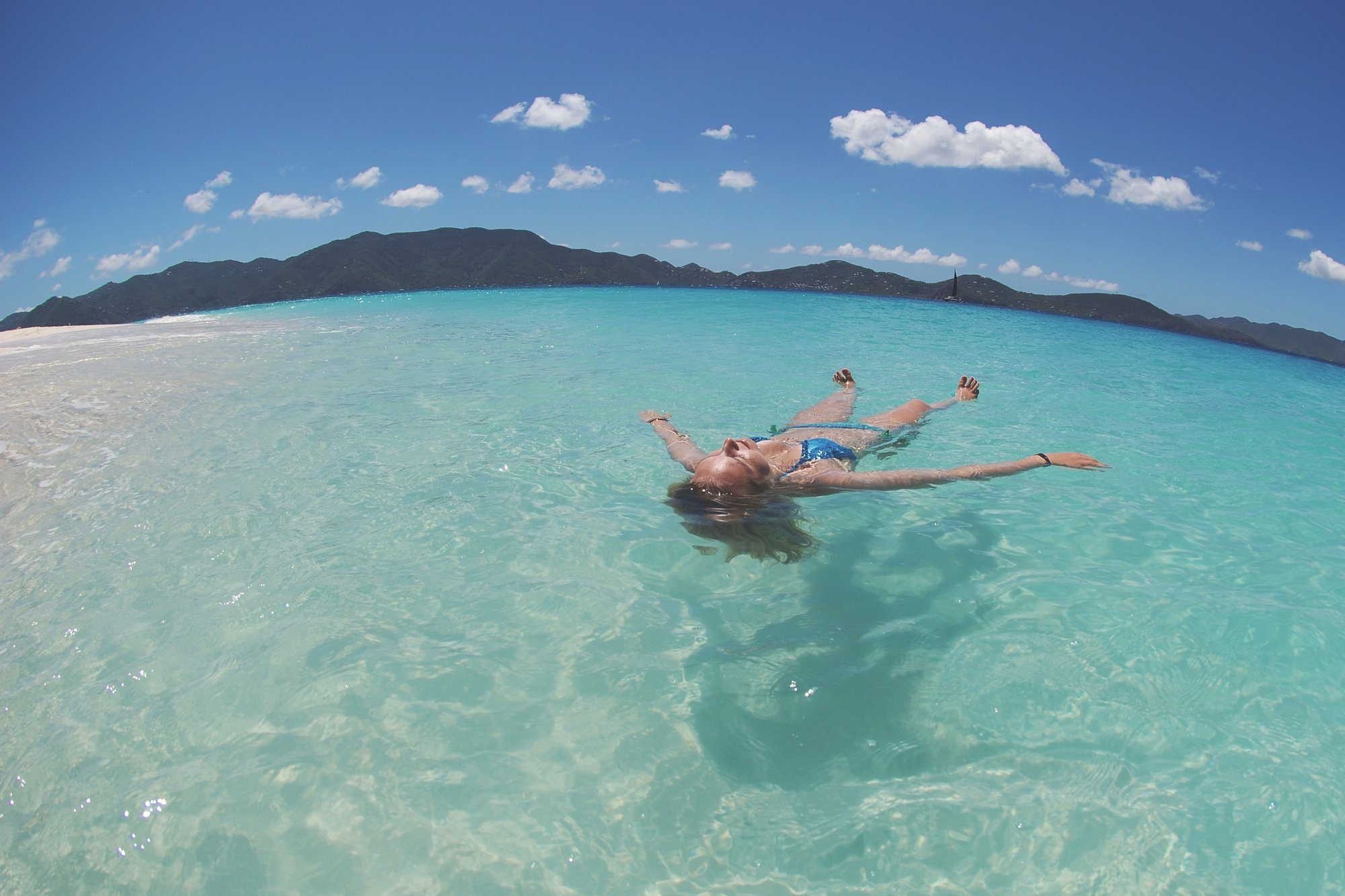Thailand and Bali are both famous for their stunning beaches and rolling waves… and subsequently, strong rip currents. So, here are tips for staying safe from rip currents in Bali and Thailand.
Staying Safe from Rip Currents in Bali and Thailand
Rip currents or undertows can occur everywhere at water on the shore, but the most precaution must be taken on the beaches with “swell waves” that are good for surfing. Surfers use the undertow from these rips as a type of escalator which pulls them out back of the waves to the line-up where they can comfortably surf. In Thailand, places to watch are in Phuket and Ko Chang. Luckily, Thailand’s rip currents usually occur during the rainy season when the swell comes, so there is likely not many people swimming. In Bali, the South-East coast from Kuta through to Canggu have waves all year long, thus rips are permanent phenomena and should be taken into account.

What is a Rip Current and How to Indicate it?
A rip current is the fast moving channel which occurs when the water flows outward the way from the shore. Simply, this is a narrow ripped zone, usually having white frothy colour due to the permanent movement backwards to the ocean. If a swimmer is getting into a rip current, he can be pulled in a matter of seconds up to 50 metres away from the shore, with waves breaking on them aggressively.
If you are caught in this type of extreme situation, stay calm and don’t panic as this will aggravate the situation. Before going to the water, check out if there are any signs: red flags in Bali, for example, indicate the undertows. Keep a wide berth and do not swim only a few metres away from the flag, because the width of the channel may be more than 10 metres. Try to accurately indicate where the rip current is ending and avoid the hazard area entirely, or ask the lifeguard to show you the safe place to swim.

How to Get Away from the Rip Current?
If you get trapped by a rip current, never fight by trying to swim against it. The speed of an undertow can exceed the velocity of an Olympic swimmer. Try to relax and drift until the end of the channel, then swim a few metres parallel to the shore, to escape from the current. When you reach a safe zone, swim back to the land. If you cannot return to the beach, or need assistance, give a signal to any lifeguards (wave or shout) or other swimmers in the water. Never panic, and do not try to swim against the rip. Otherwise, you will soon get tired, and may get desperate.

On a holiday personal safety must always be the number one priority. That is why you should take the time to carefully learn all cautionary signs while on the beach, and avoid swimming in any dangerous places. Stay safe, and have fun!

